Home>Renovation & DIY>Home Renovation Guides>What Does It Mean To Encapsulate A Crawl Space
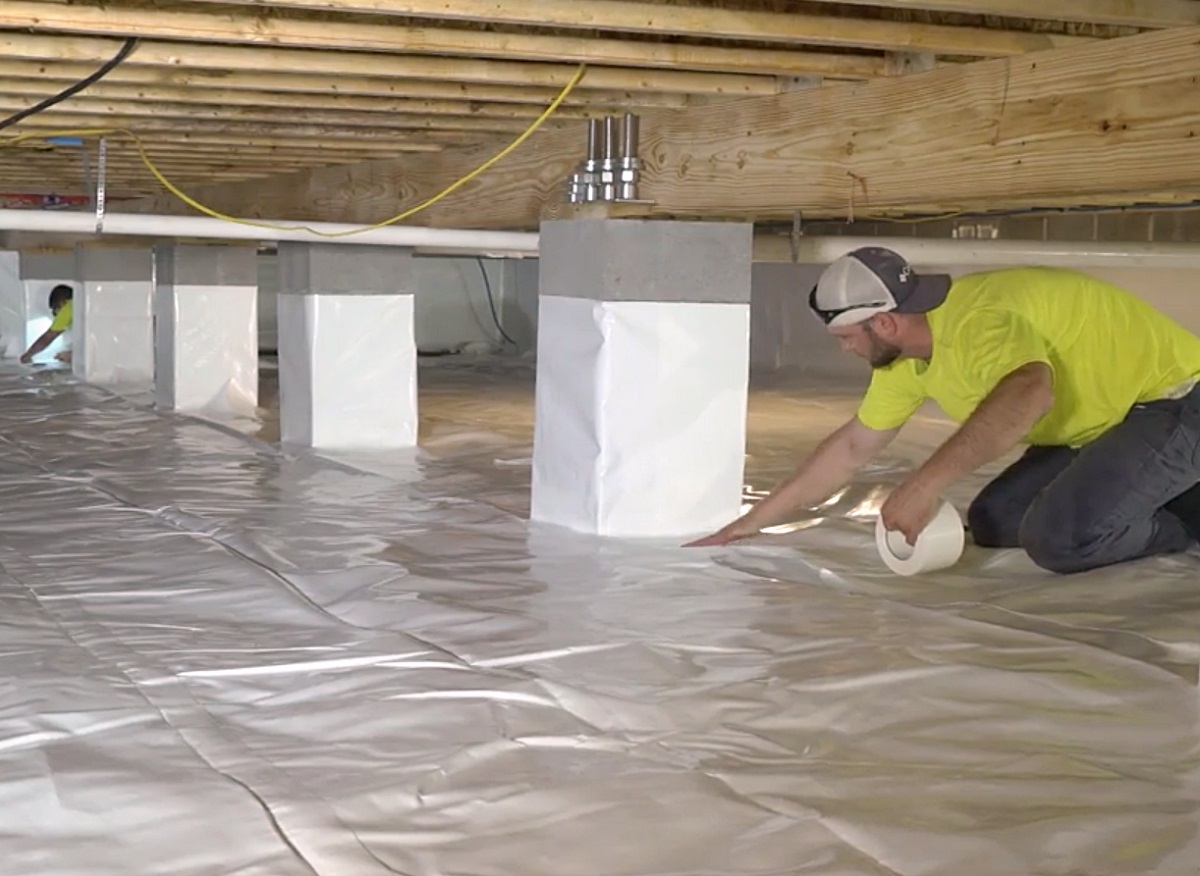

Home Renovation Guides
What Does It Mean To Encapsulate A Crawl Space
Published: January 31, 2024
Learn the importance of encapsulating a crawl space in your home renovation project. Discover the benefits and process of encapsulation. Follow our home renovation guides for expert advice.
(Many of the links in this article redirect to a specific reviewed product. Your purchase of these products through affiliate links helps to generate commission for Storables.com, at no extra cost. Learn more)
Introduction
When it comes to maintaining a healthy and efficient home, the often overlooked crawl space plays a crucial role. Many homeowners tend to focus on the visible areas of their homes, neglecting the significance of the crawl space. However, understanding the importance of this often forgotten space and the concept of encapsulation can lead to a healthier and more energy-efficient home.
The crawl space, typically found beneath the ground floor of a house, serves as a foundation and provides access to essential components such as plumbing, electrical wiring, and HVAC systems. Despite its concealed nature, the condition of the crawl space can significantly impact the overall well-being of the home. Issues such as moisture accumulation, mold growth, and pest infestations can originate from an inadequately maintained crawl space, leading to a range of problems that extend beyond the confined area.
In recent years, the practice of crawl space encapsulation has gained traction as a proactive solution to address these concerns. Encapsulation involves the comprehensive sealing and insulation of the crawl space to create a controlled environment that safeguards against moisture, mold, and pests. This process not only enhances the structural integrity of the home but also contributes to improved indoor air quality and energy efficiency.
As homeowners become increasingly aware of the benefits of encapsulating their crawl spaces, it is essential to delve deeper into the concept, process, and maintenance requirements associated with this practice. By gaining a comprehensive understanding of crawl space encapsulation, homeowners can make informed decisions to protect their homes and ensure a healthier living environment for their families.
Key Takeaways:
- Transforming your crawl space into a controlled and protected environment through encapsulation can prevent moisture issues, improve air quality, and save energy, creating a healthier home for your family.
- Regular maintenance, including inspections and humidity control, is crucial to sustaining the benefits of crawl space encapsulation. By taking proactive measures, you can protect your home and ensure a healthier living environment for years to come.
Read more: How To Encapsulate A Crawl Space
Understanding Crawl Spaces
Crawl spaces are an integral part of many homes, serving as a foundational element that provides access to essential utilities and structural components. These spaces are typically found beneath the ground floor of a house, creating a gap between the ground and the bottom of the building. Crawl spaces are prevalent in regions where basements are less common, and they play a crucial role in supporting the overall structure of the home.
One of the primary functions of a crawl space is to provide access to vital systems, including plumbing, electrical wiring, and HVAC ductwork. This accessibility facilitates maintenance and repairs, allowing homeowners and professionals to address issues that may arise with these essential components. Additionally, the crawl space serves as a buffer zone that helps regulate temperature and moisture levels within the home.
However, crawl spaces are susceptible to various challenges that can impact the overall well-being of the home. One common issue is moisture accumulation, which can result from factors such as groundwater seepage, inadequate ventilation, or plumbing leaks. Excess moisture in the crawl space can lead to a host of problems, including mold growth, wood rot, and corrosion of metal components. Furthermore, the presence of moisture can create an environment conducive to pest infestations, posing a threat to the structural integrity of the home.
In addition to moisture-related concerns, crawl spaces can also be vulnerable to temperature fluctuations and poor air quality. Without proper insulation and sealing, these spaces may allow cold air to infiltrate the home during winter, leading to increased energy consumption and discomfort. Moreover, the air quality within the home can be compromised if the crawl space becomes a breeding ground for mold, mildew, or pest activity.
Understanding the significance of crawl spaces and the potential challenges they present is essential for homeowners. By recognizing the impact of these concealed areas on the overall well-being of the home, individuals can take proactive measures to address existing issues and prevent future complications. This awareness sets the stage for exploring solutions such as crawl space encapsulation, which aims to create a controlled and protected environment beneath the home's foundation.
The Concept of Encapsulation
Crawl space encapsulation is a comprehensive approach to transforming the often neglected and vulnerable crawl space into a controlled and protected environment. This process involves the thorough sealing, insulation, and conditioning of the crawl space to mitigate common issues such as moisture intrusion, mold growth, and pest infestations. By encapsulating the crawl space, homeowners can create a barrier that safeguards the structural integrity of the home and promotes healthier indoor living conditions.
The encapsulation process typically begins with a thorough assessment of the crawl space to identify existing issues and determine the necessary steps for remediation. This assessment may reveal signs of moisture damage, mold growth, or pest activity, highlighting the urgency of encapsulation. Once the assessment is complete, the encapsulation process unfolds in several key stages.
First, the crawl space is meticulously cleaned and cleared of any debris or organic matter that may contribute to moisture retention or pest attraction. This step sets the stage for the installation of a durable vapor barrier, which serves as a foundational component of the encapsulation system. The vapor barrier effectively seals the crawl space, preventing moisture from infiltrating the area and creating an environment conducive to mold growth.
In addition to the vapor barrier, insulation is often applied to the walls and subfloor of the crawl space to regulate temperature and minimize energy loss. This insulation helps create a more consistent and comfortable indoor environment while reducing the strain on heating and cooling systems. Furthermore, the insulation contributes to the overall energy efficiency of the home, leading to potential cost savings over time.
To further enhance the encapsulation process, measures such as sealing foundation vents, encapsulating crawl space piers, and installing a dehumidification system may be employed. These additional steps reinforce the integrity of the encapsulated space, ensuring that it remains impervious to external moisture and environmental factors.
By encapsulating the crawl space, homeowners can effectively address the underlying issues that compromise the integrity of their homes. The encapsulation process not only mitigates the risk of structural damage and indoor air quality issues but also contributes to long-term energy savings and a more comfortable living environment. Embracing the concept of encapsulation empowers homeowners to proactively protect their homes and prioritize the well-being of their families.
Benefits of Encapsulating a Crawl Space
Encapsulating a crawl space offers a myriad of benefits that extend beyond the confined area beneath the home. By transforming the crawl space into a controlled and protected environment, homeowners can experience tangible improvements in various aspects of their living environment. Here are the key benefits of encapsulating a crawl space:
-
Moisture Control: One of the primary benefits of crawl space encapsulation is the effective control of moisture. By sealing the space with a durable vapor barrier and addressing potential sources of moisture intrusion, homeowners can prevent issues such as mold growth, wood rot, and structural damage. This proactive measure safeguards the integrity of the home and contributes to a healthier living environment.
-
Improved Indoor Air Quality: Encapsulating the crawl space helps maintain better indoor air quality throughout the home. By preventing the accumulation of mold, mildew, and other contaminants in the crawl space, homeowners can reduce the risk of respiratory issues and allergies. The encapsulation process creates a barrier that prevents these harmful substances from infiltrating the living areas, promoting a healthier atmosphere for occupants.
-
Energy Efficiency: Encapsulating the crawl space contributes to improved energy efficiency within the home. By insulating the space and preventing the infiltration of outside air, homeowners can reduce the strain on heating and cooling systems. This results in more consistent indoor temperatures and lower energy consumption, leading to potential cost savings on utility bills.
-
Pest Prevention: A properly encapsulated crawl space acts as a deterrent to pests such as rodents, insects, and other unwanted intruders. By sealing off potential entry points and creating an inhospitable environment for pests, homeowners can minimize the risk of infestations that could compromise the structural integrity of the home.
-
Structural Integrity: Encapsulation helps preserve the structural integrity of the home by mitigating the risk of moisture-related damage. By creating a controlled environment beneath the foundation, homeowners can prevent issues such as wood decay, corrosion of metal components, and foundation settlement, ultimately extending the lifespan of the home's structure.
-
Property Value: The investment in crawl space encapsulation can enhance the overall value of the property. Potential buyers are increasingly aware of the benefits of encapsulated crawl spaces, recognizing the long-term advantages in terms of structural integrity, energy efficiency, and indoor air quality. This can make the property more attractive in the real estate market.
By embracing crawl space encapsulation, homeowners can enjoy these compelling benefits, creating a healthier, more energy-efficient, and structurally sound living environment for themselves and their families.
The Encapsulation Process
The encapsulation process is a comprehensive and meticulous endeavor aimed at transforming the crawl space into a controlled and protected environment. This multi-stage process involves a series of strategic measures designed to address existing issues and prevent future complications, ultimately enhancing the overall well-being of the home.
Read more: What Is A Crawl Space?
Assessment and Preparation
The encapsulation process typically commences with a thorough assessment of the crawl space. This assessment serves to identify any existing issues such as moisture accumulation, mold growth, or pest activity. By gaining a clear understanding of the specific challenges present in the crawl space, homeowners and professionals can develop a tailored encapsulation plan to address these concerns effectively.
Once the assessment is complete, the preparation phase begins with the meticulous cleaning and clearance of the crawl space. Any debris, organic matter, or accumulated moisture is removed to create a clean and suitable foundation for the encapsulation process. This step is crucial in ensuring that the encapsulation materials can be installed on a clean and dry surface, maximizing their effectiveness.
Vapor Barrier Installation
A fundamental component of crawl space encapsulation is the installation of a durable vapor barrier. This barrier serves as a protective shield, effectively sealing the crawl space and preventing moisture from infiltrating the area. The vapor barrier is meticulously installed to cover the entire floor of the crawl space, creating a robust barrier that safeguards against moisture intrusion and creates an inhospitable environment for mold and mildew.
Insulation Application
In addition to the vapor barrier, insulation is often applied to the walls and subfloor of the crawl space. This insulation serves multiple purposes, including regulating temperature and minimizing energy loss. By creating a more consistent and comfortable indoor environment, the insulation contributes to improved energy efficiency and reduced strain on heating and cooling systems.
Additional Measures
Depending on the specific needs of the crawl space, additional measures may be implemented to reinforce the encapsulation process. This may include sealing foundation vents to prevent outside air from entering the crawl space, encapsulating crawl space piers to protect against moisture and pest intrusion, and installing a dehumidification system to maintain optimal humidity levels within the encapsulated space.
Read more: What Does Mold In A Crawl Space Look Like
Completion and Quality Assurance
Once the encapsulation process is complete, a thorough inspection is conducted to ensure that all measures have been implemented effectively. This quality assurance step is essential in verifying that the crawl space has been transformed into a controlled and protected environment that safeguards against moisture, mold, and pests. By adhering to rigorous standards and best practices, homeowners can have confidence in the long-term effectiveness of the encapsulation process.
By following these meticulous steps, the encapsulation process effectively mitigates the risk of moisture-related issues, promotes healthier indoor air quality, and contributes to long-term energy efficiency. This proactive approach empowers homeowners to protect their homes and create a more comfortable and sustainable living environment for their families.
Maintenance and Care for Encapsulated Crawl Spaces
Once a crawl space has been encapsulated, it is essential to implement a proactive maintenance and care regimen to ensure the long-term effectiveness of the encapsulation and preserve the overall well-being of the home. Proper maintenance practices not only sustain the benefits of encapsulation but also contribute to the longevity of the home's structural integrity and indoor environment.
Regular inspections are a cornerstone of maintenance for encapsulated crawl spaces. Homeowners should schedule periodic assessments to evaluate the condition of the encapsulated space, checking for any signs of moisture accumulation, damage to the vapor barrier, or pest activity. These inspections provide an opportunity to identify and address any emerging issues before they escalate, preserving the protective barrier established through encapsulation.
In addition to inspections, maintaining optimal humidity levels within the encapsulated crawl space is crucial. While encapsulation effectively mitigates moisture intrusion, monitoring and controlling humidity levels further enhance the protective environment. Homeowners may opt to install and maintain a dehumidification system to regulate humidity, preventing the potential for mold growth and ensuring a consistently dry and controlled space.
Furthermore, it is important to address any plumbing leaks or drainage issues promptly to prevent moisture from compromising the encapsulated space. Regularly inspecting plumbing fixtures and addressing any leaks or drainage concerns can help safeguard the integrity of the encapsulation and prevent moisture-related complications.
Another aspect of maintenance for encapsulated crawl spaces involves preserving the integrity of the vapor barrier and insulation. Any damage or wear to the vapor barrier should be promptly repaired to maintain its effectiveness in preventing moisture intrusion. Similarly, ensuring that the insulation remains intact and properly installed contributes to the energy efficiency and temperature regulation benefits of encapsulation.
Finally, maintaining the perimeter of the home and addressing any external factors that may impact the crawl space is essential. This includes ensuring proper drainage away from the foundation, addressing landscaping issues that could lead to moisture accumulation, and maintaining the structural integrity of the foundation to prevent potential vulnerabilities in the encapsulated space.
By implementing a comprehensive maintenance and care routine for encapsulated crawl spaces, homeowners can preserve the long-term benefits of encapsulation, protect the structural integrity of their homes, and sustain a healthier indoor environment for their families. Proactive maintenance not only safeguards against potential issues but also reinforces the investment in creating a controlled and protected crawl space.
Tip: When encapsulating a crawl space, make sure to seal off the area from outside moisture and pests, insulate the walls, and install a vapor barrier on the ground to prevent mold and improve air quality in your home.
Conclusion
In conclusion, the practice of crawl space encapsulation represents a proactive and transformative approach to safeguarding the structural integrity and indoor environment of a home. By creating a controlled and protected space beneath the foundation, homeowners can mitigate the risk of moisture-related issues, mold growth, and pest infestations, ultimately fostering a healthier and more energy-efficient living environment.
The encapsulation process, characterized by meticulous sealing, insulation, and conditioning, offers a range of compelling benefits. From moisture control and improved indoor air quality to energy efficiency and pest prevention, the impact of encapsulating a crawl space extends far beyond the confined area beneath the home. Furthermore, the investment in crawl space encapsulation can enhance the overall value of the property, making it more attractive in the real estate market.
As homeowners embrace the concept of encapsulation, it is crucial to recognize the significance of ongoing maintenance and care for the encapsulated crawl space. Regular inspections, humidity control, prompt resolution of plumbing issues, and preservation of the vapor barrier and insulation are essential elements of a comprehensive maintenance regimen. By prioritizing proactive maintenance, homeowners can sustain the long-term effectiveness of encapsulation and protect their homes from potential complications.
Ultimately, the decision to encapsulate a crawl space reflects a commitment to creating a healthier, more resilient, and energy-efficient living environment. By understanding the importance of crawl spaces and the transformative potential of encapsulation, homeowners can make informed decisions to protect their homes and prioritize the well-being of their families. Through proactive measures and ongoing maintenance, the encapsulated crawl space becomes a cornerstone of a healthy and sustainable home, contributing to a higher quality of life for occupants and the long-term preservation of the property.
Frequently Asked Questions about What Does It Mean To Encapsulate A Crawl Space
Was this page helpful?
At Storables.com, we guarantee accurate and reliable information. Our content, validated by Expert Board Contributors, is crafted following stringent Editorial Policies. We're committed to providing you with well-researched, expert-backed insights for all your informational needs.
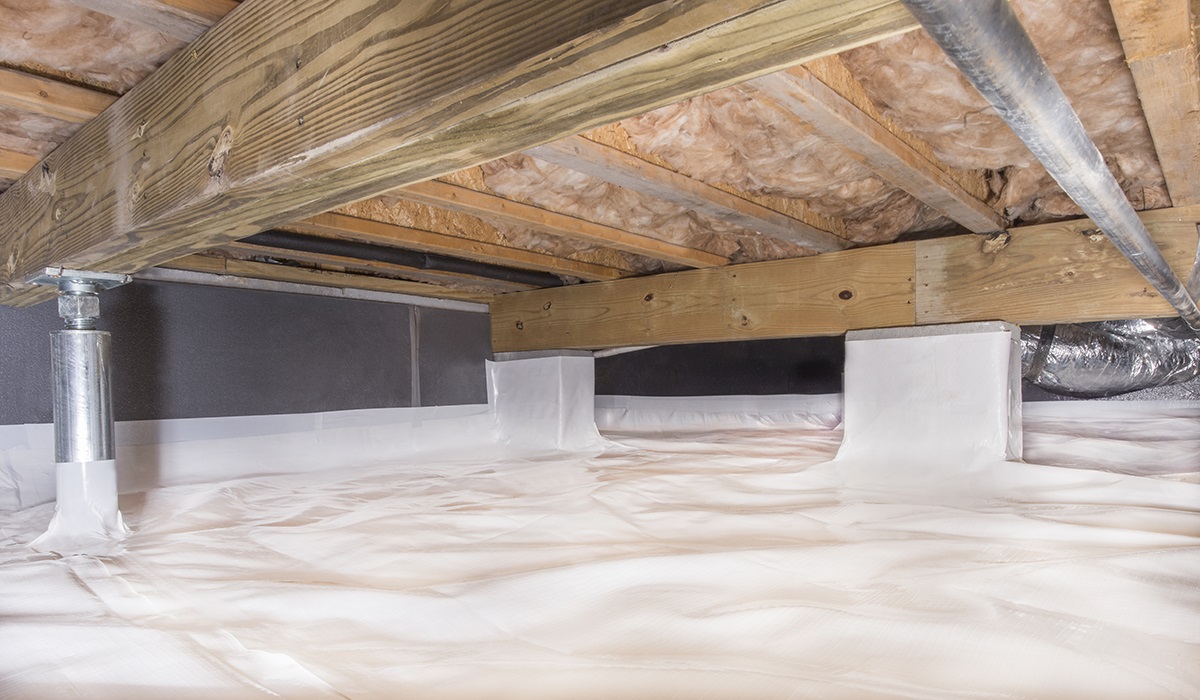
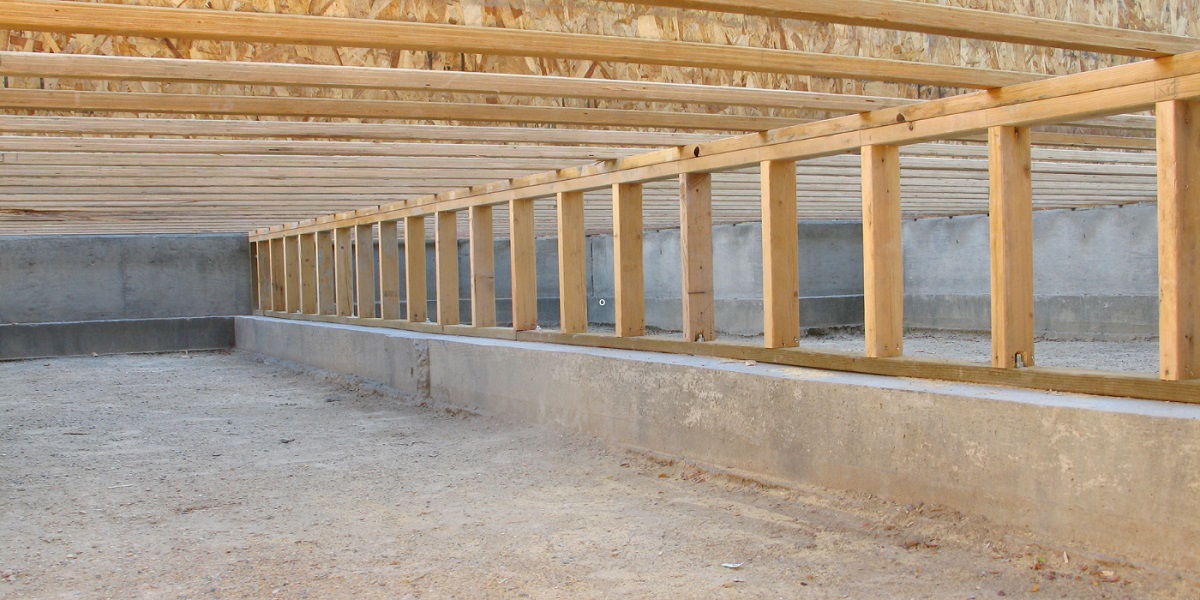
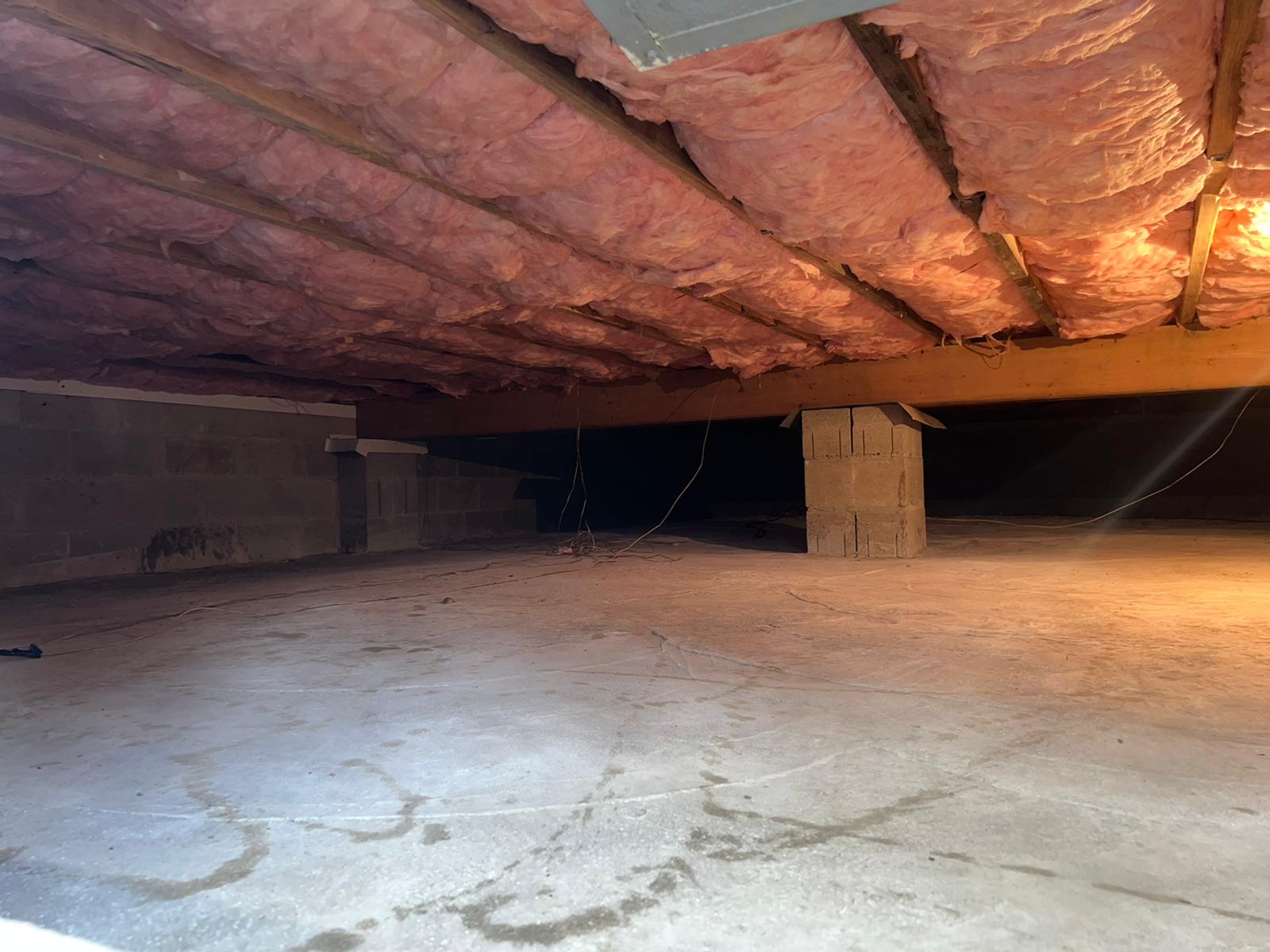
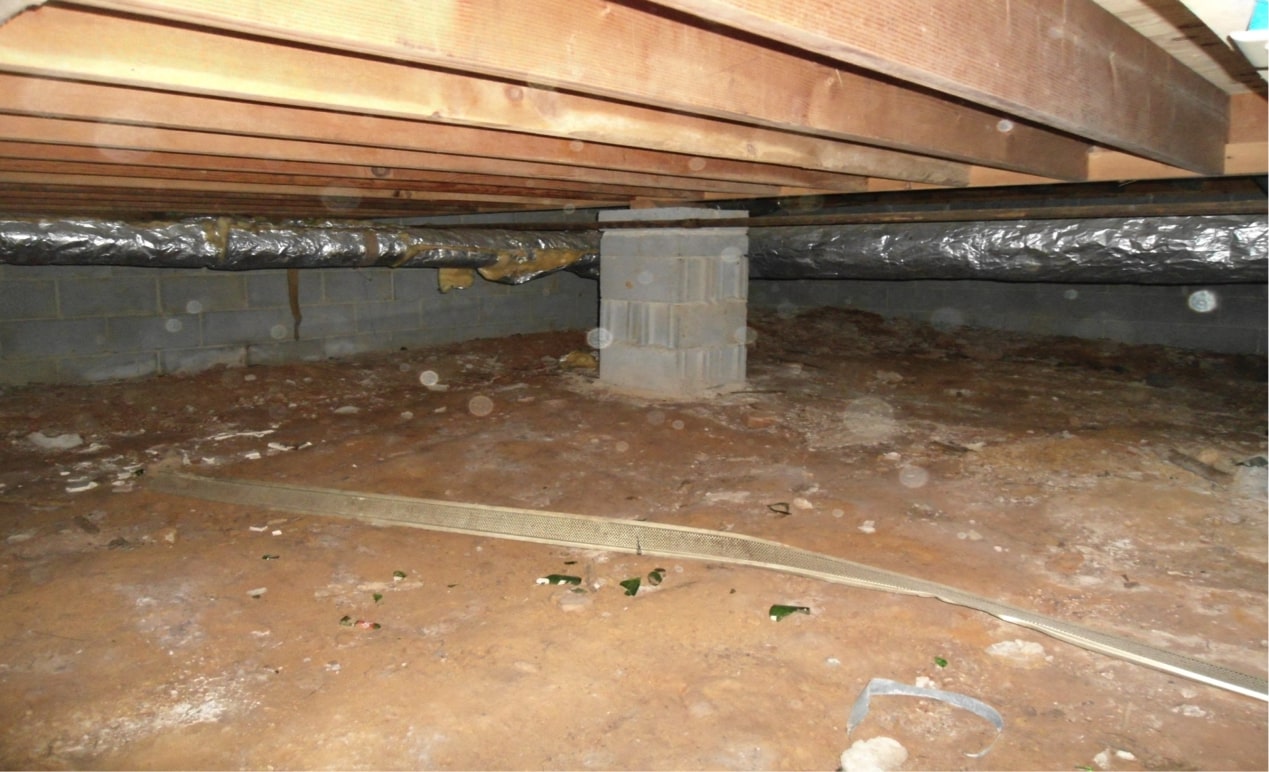
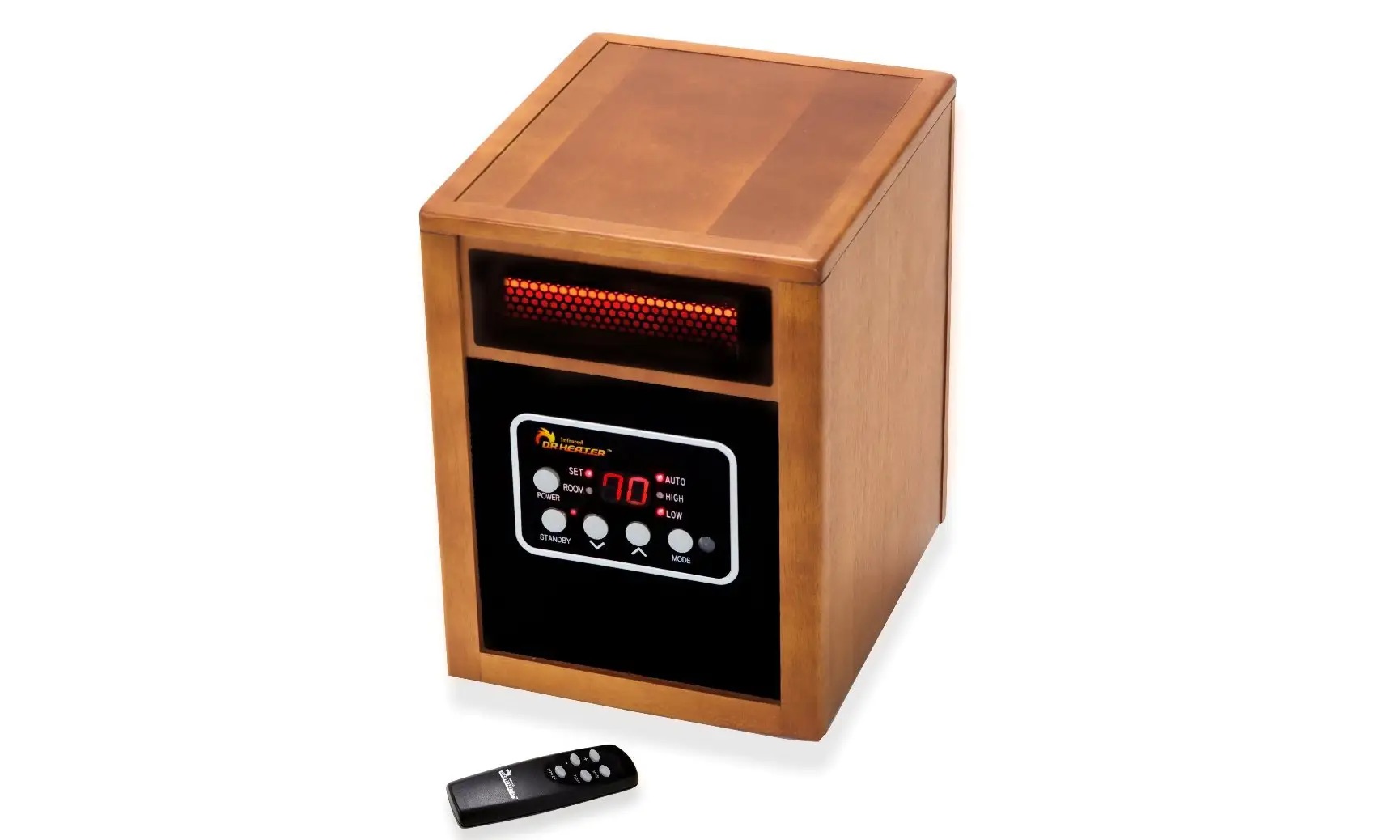
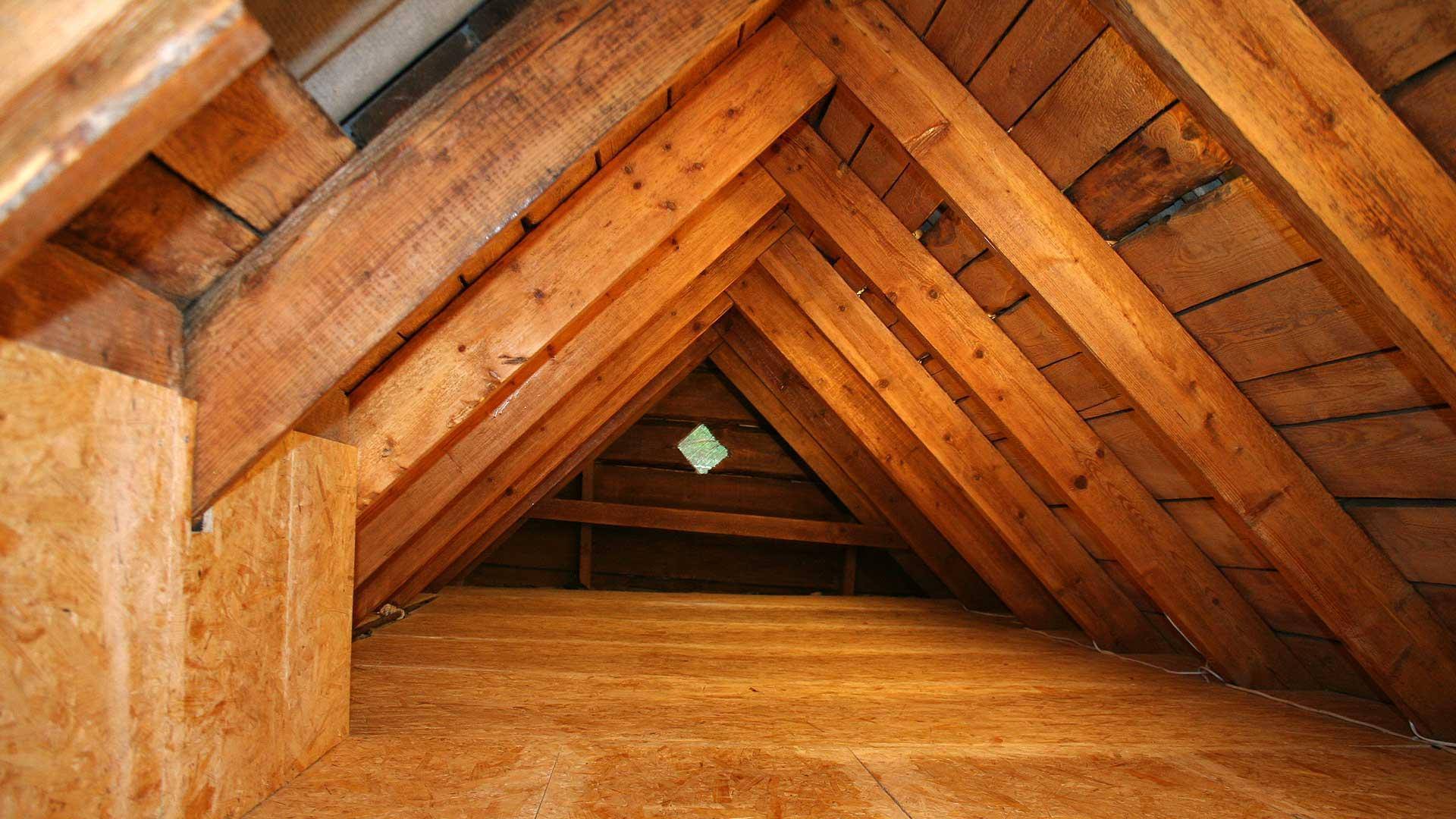
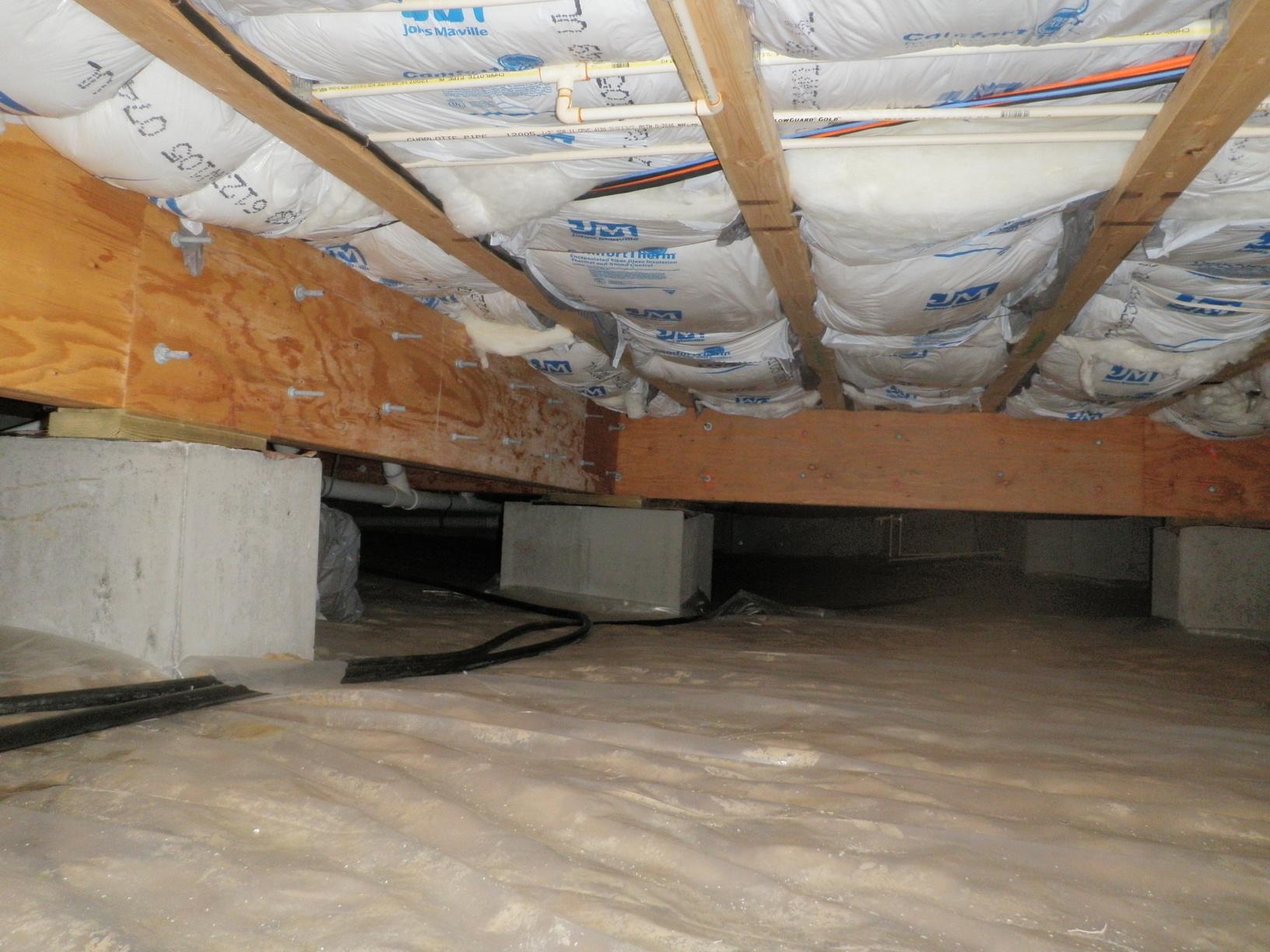
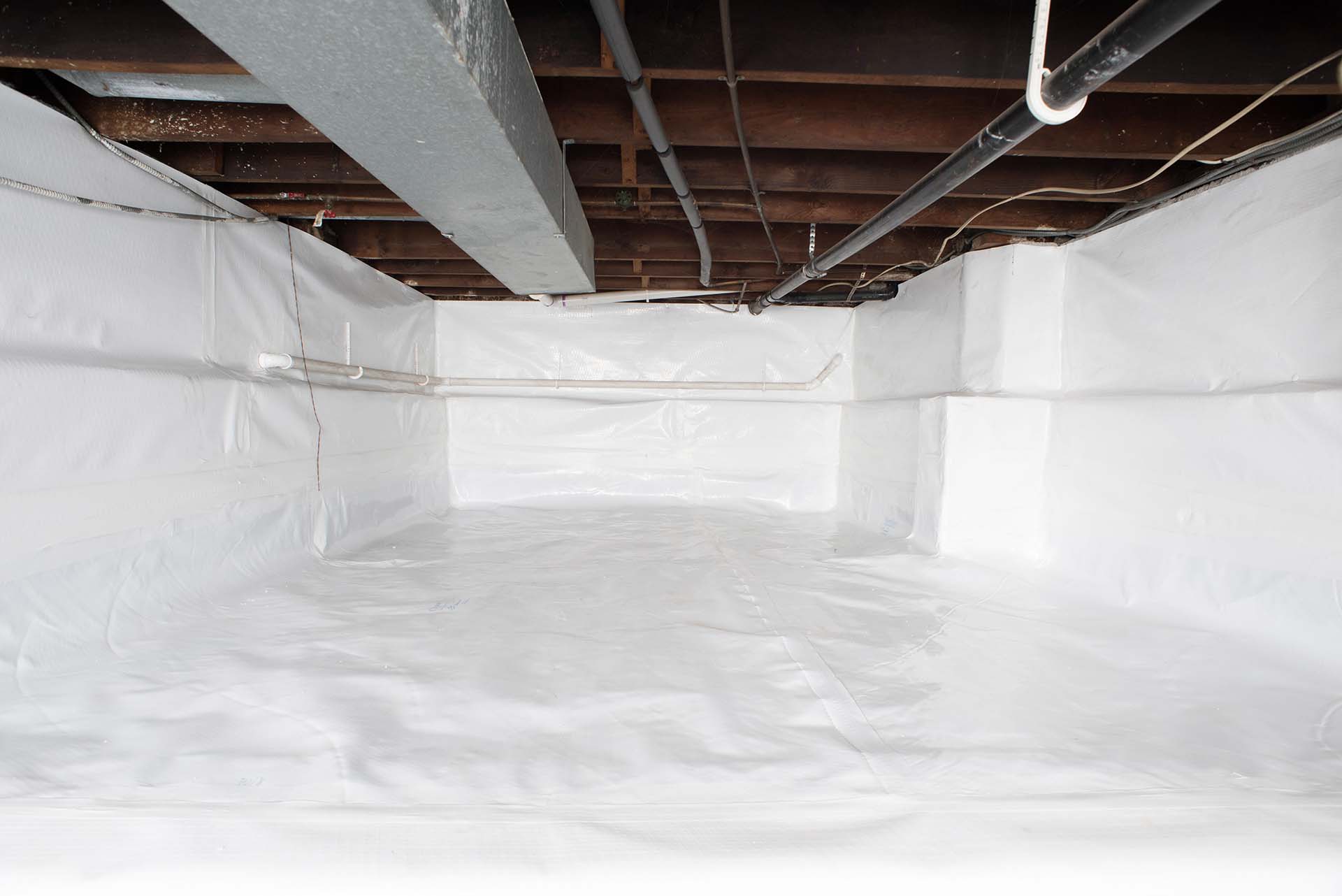
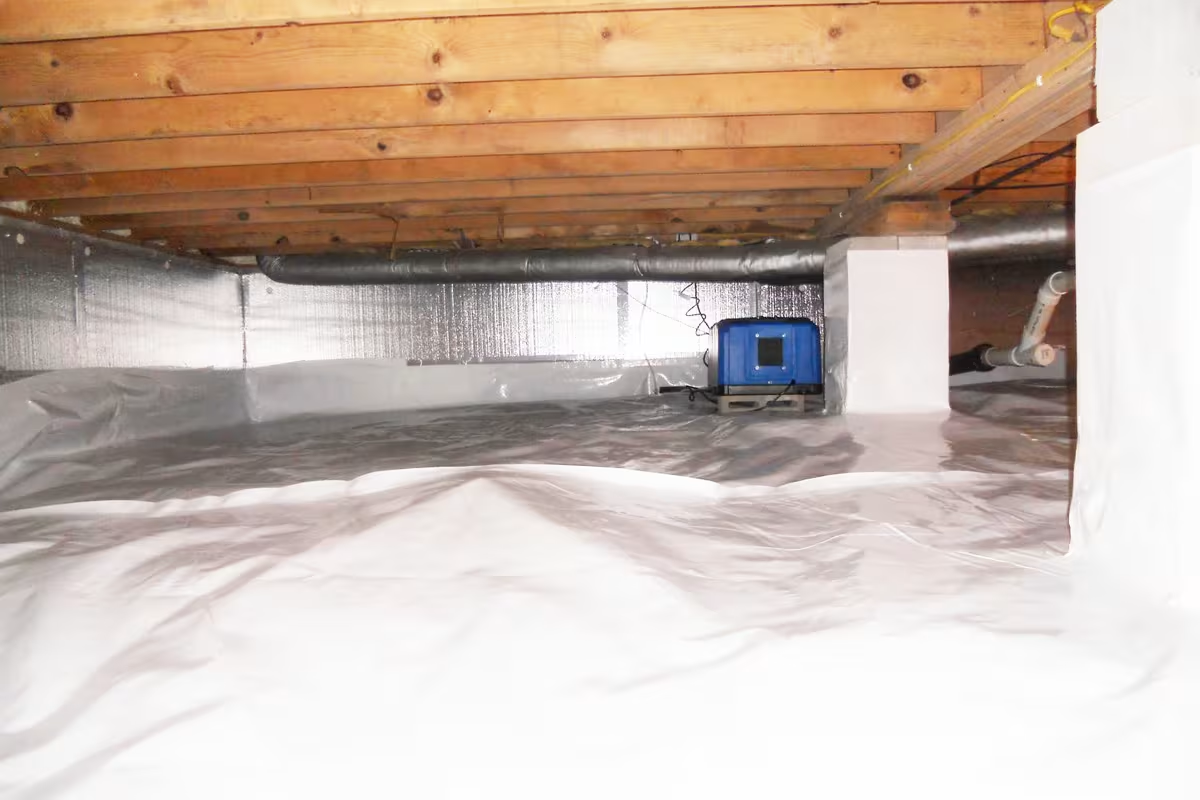
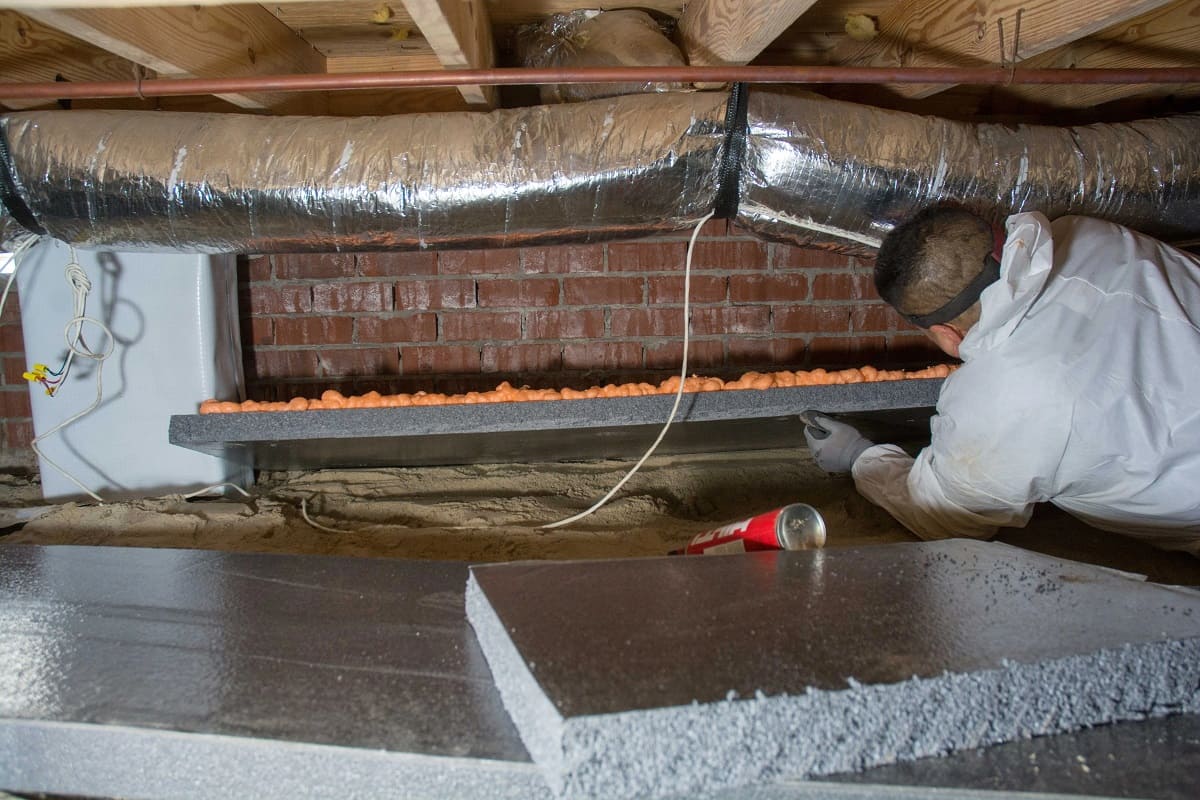
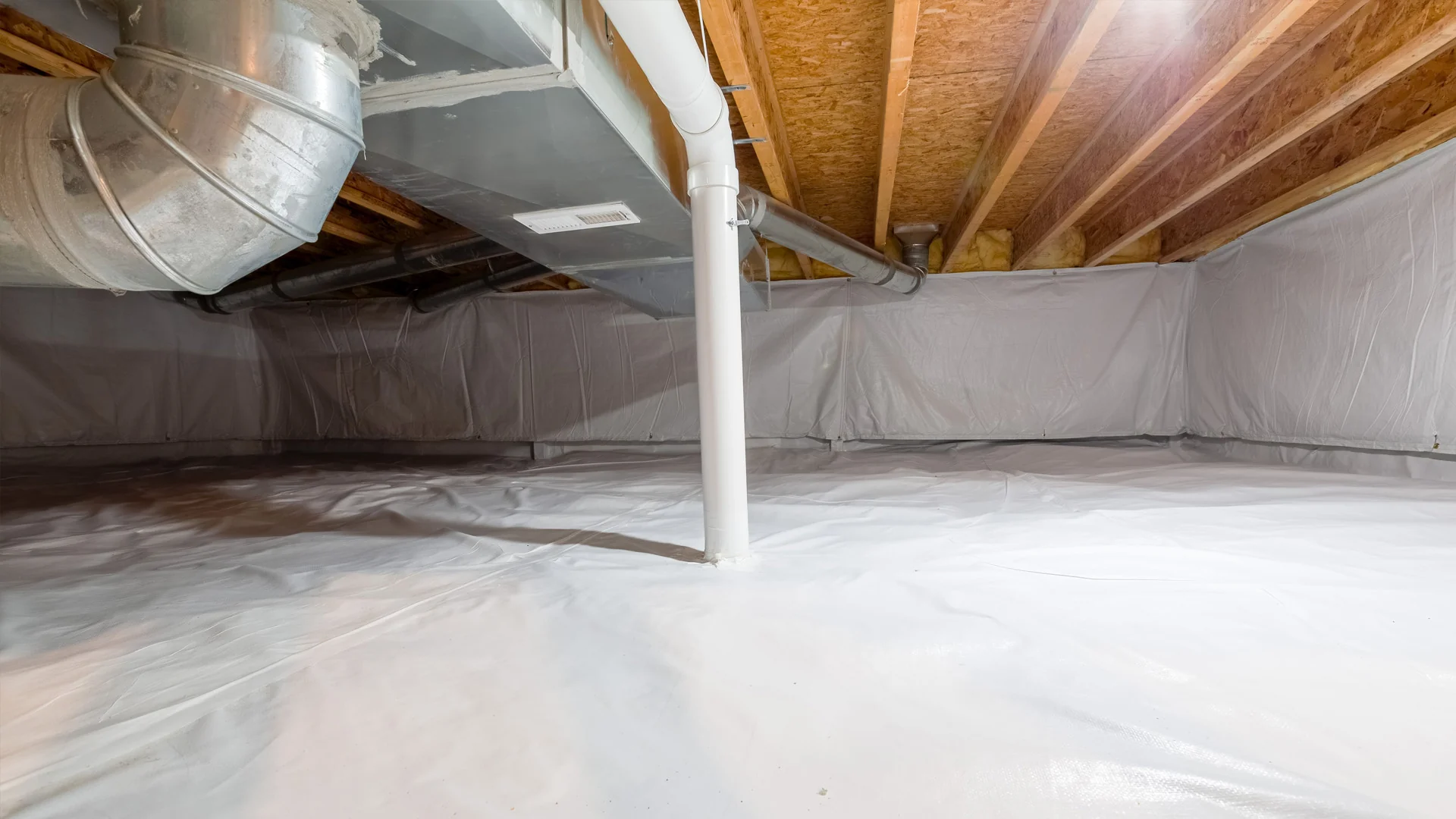
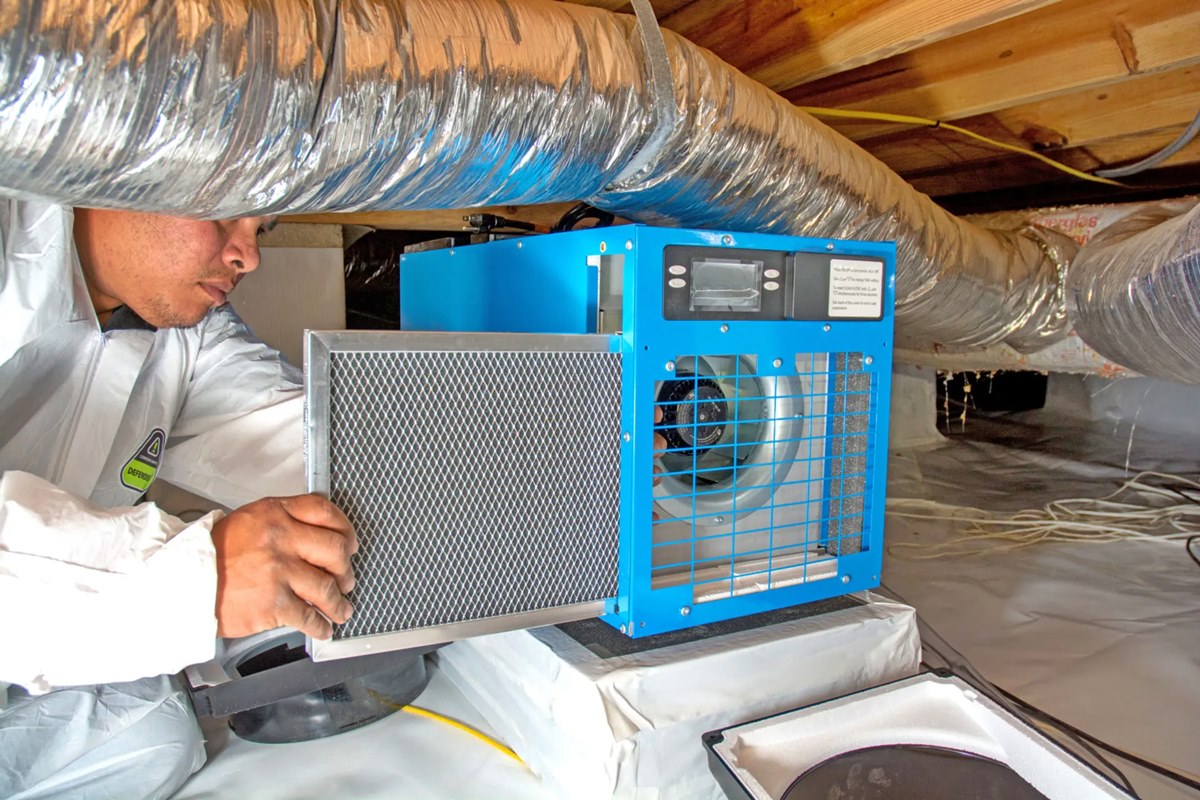
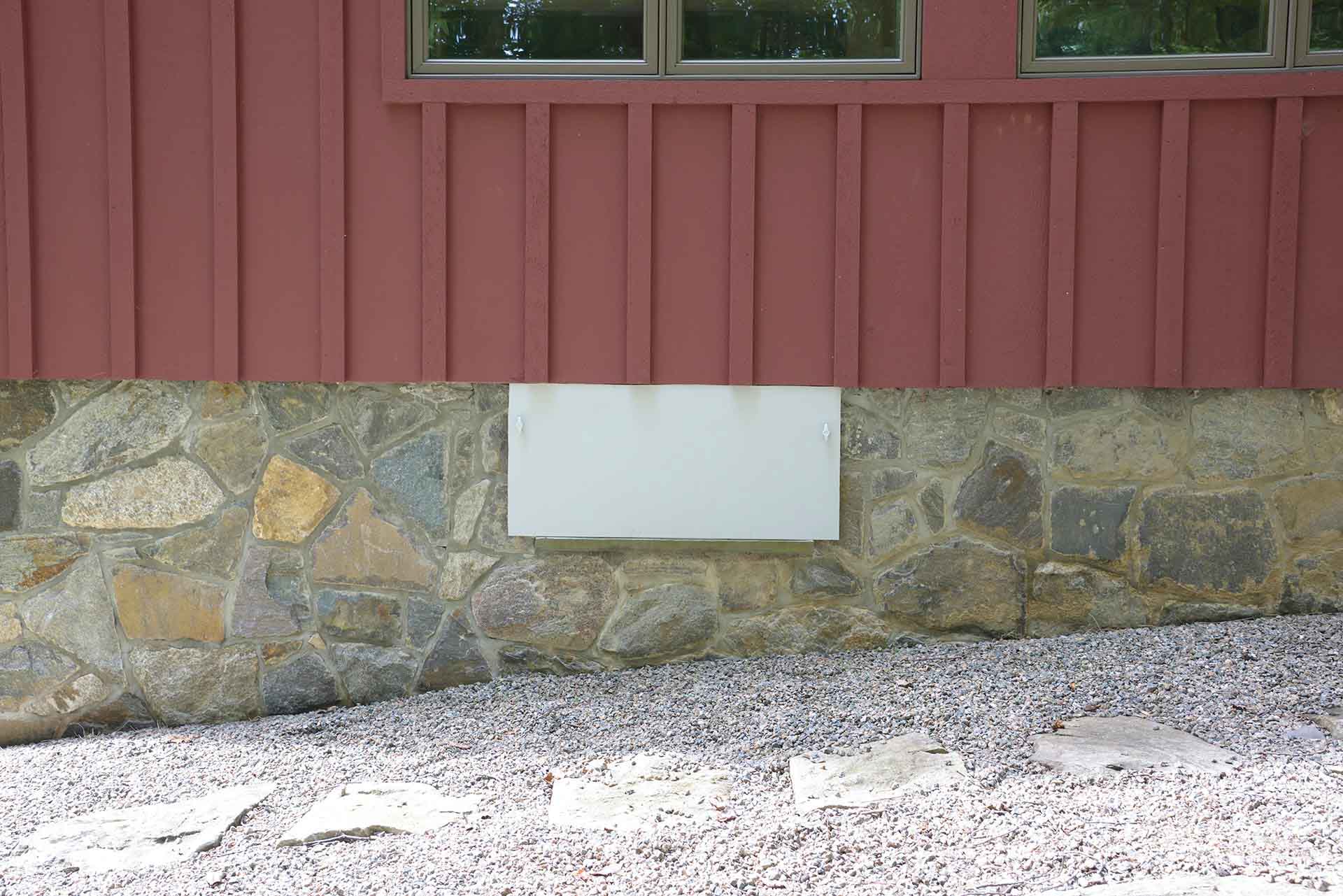

0 thoughts on “What Does It Mean To Encapsulate A Crawl Space”